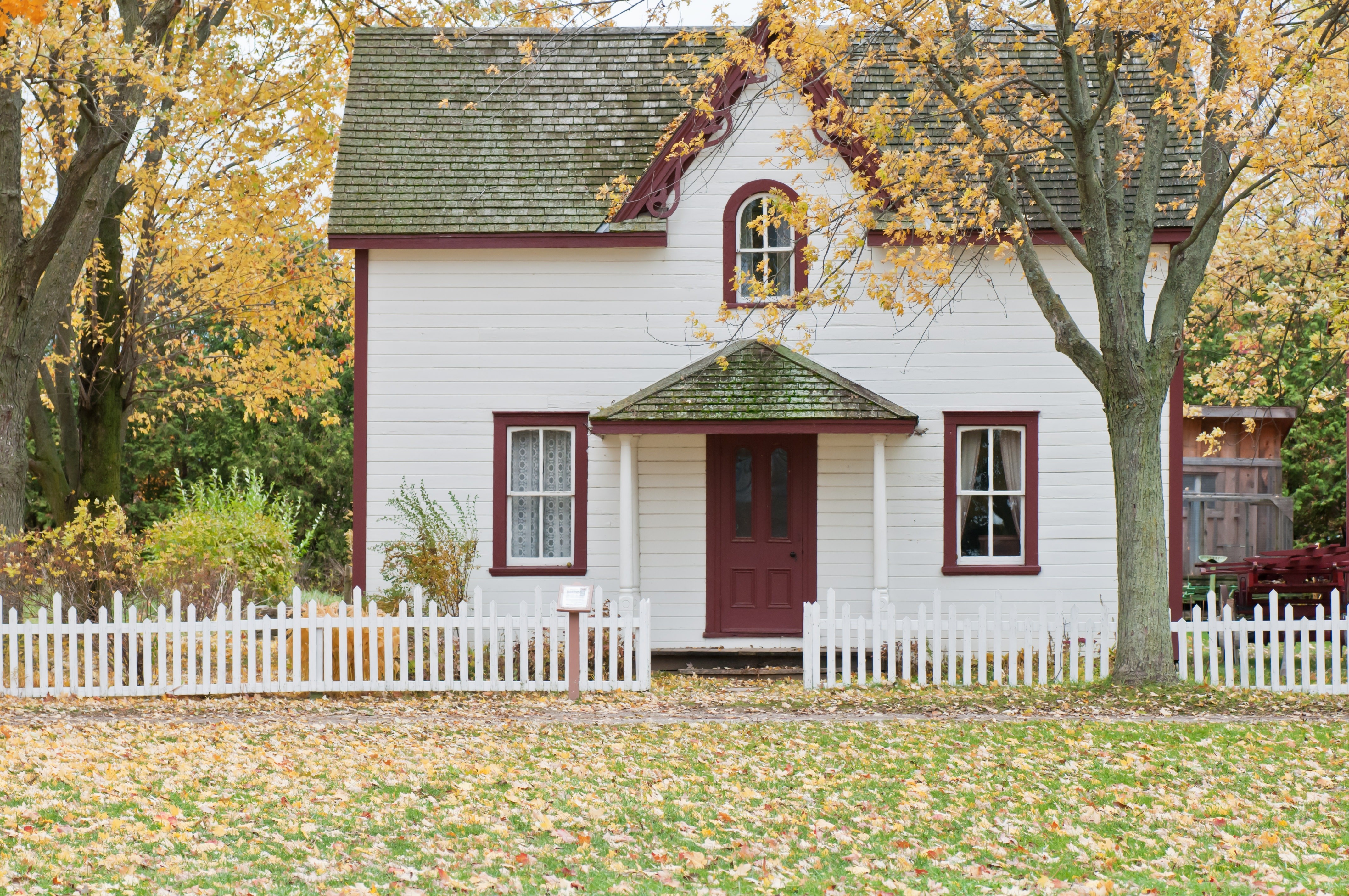
Homeownership is one of the great Canadian dreams, eh! When we own our own home, there’s pride and purpose. As far as I’m concerned, the best part is you can paint the walls any colour you want. Although I still haven’t convinced my husband that bright green in our kitchen or orange in our washroom would look great!
However there’s also tremendous cost to buying and owning a home. Today we’re going to focus on the costs of buying a home. In the next article, we’ll talk about the cost of owning a home.
Is there a difference, you ask?
Yes, there is. One is the cost to just get the keys to your new place and the other is the cost to keeping the keys.
Ask yourself why you want to own your own home.
Ask yourself why you want to own your own home. If you’re not sure, spend some time reflecting on the reason. Buying a home is likely to be the biggest purchase a person ever makes. When you understand your reasons, purpose and intention, you become clear on your goal and it gets easier to save money for a down payment.
Mortgage basics
- A mortgage is secured financing from a financial institution or private lender to purchase a home. The maximum term for a conventional mortgage is 25 years;
- The down payment: you will need at least 5% of the cost of the home as a down payment. If you’re able to save less than 20% for a down payment, this is considered a high ratio mortgage and you will be required to purchase default insurance. This insurance can be paid in a lump sum but is usually added to the cost of the mortgage;
- Mortgage applicants are usually required to pass a “stress test” when they apply. The stress test is designed to ensure that the homeowner can make their payments even if the interest rates increase;
- If you are a first-time home buyer, you can withdraw up to $35,000 out of your RRSP’s (Registered Retirement Savings Plan) and you have up to pay it back within 15 years otherwise there may be tax implications.
Now that we’ve established some basics, let’s talk about the costs of becoming a homeowner. We’re going to use the example of a $500,000 home to illustrate the estimated costs to getting into a home.
Estimated Costs
- Down payment (minimum of 5% of the home’s value): $25,000
- Property taxes: $3000
- Transfer taxes: $6475 (rebates are available for first –time home buyers)
- Realtor fees (if you’re selling an existing home): 5% of the home’s value
- Legal fees: $1000
- Inspector: $500
- Homeowner’s insurance: $1500
- Moving costs: $800
- Initial deposit for various utilities: $250
That’s a total of $38,525 just to move in!
Now before you panic, remember these are estimates and if you’re a first-time home buyer, you may be eligible for a rebate on your transfer tax. That’s a lot of money to put down to become a home owner.
Most people do not have that kind of cash laying around which means you will be required to save money if you are to afford your dream of homeownership. But that’s okay because a few weeks ago we talked about setting S.M.A.R.T. financial goals. You can refer back.
If you haven’t been put off by the sheer cost of homeownership, consider speaking with your financial institution about your options.
Until our next chat, what’s one positive thing you can do today to help your financial future?
Follow Stacy Yanchuck Olesky on twitter. Read more articles on managing your personal finances by Stacy on Oakville News.